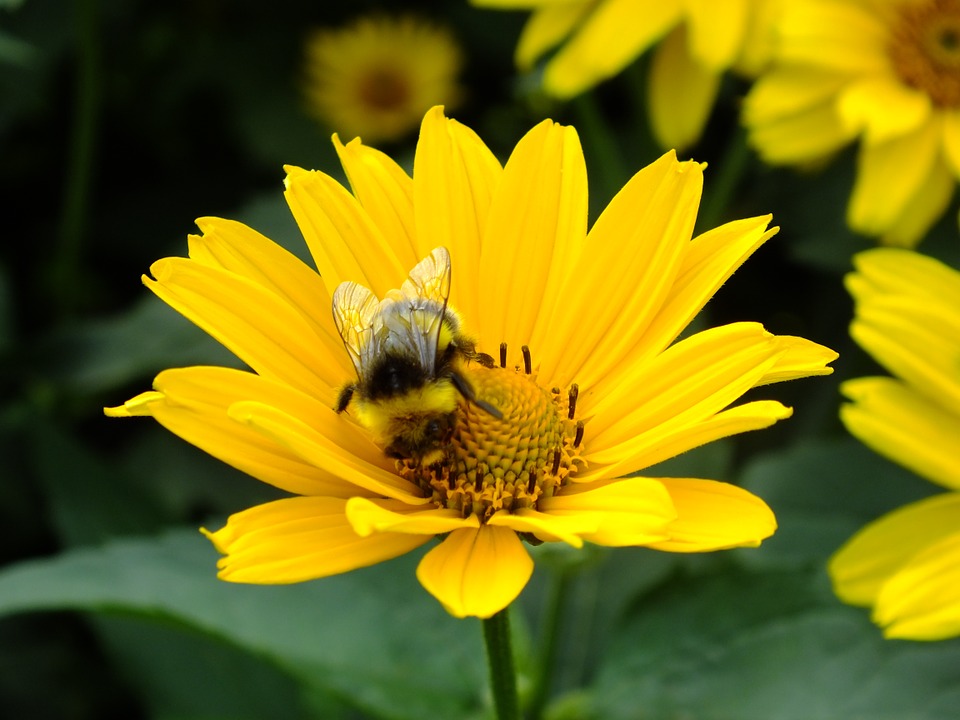If converting to wildlife management is “plan A” for your agricultural property, have you considered “plan bee”?
More than 95 percent of Texas lands are privately owned, which means private landowners can play a huge role in conserving and maintaining pollinator populations, some of which have experienced dramatic population declines including bumble bee species and the monarch butterfly. To help turn the tide, last month Texas Parks and Wildlife Department’s Nongame and Rare Species Program released newly developed guidelines for landowners to develop wildlife management plans for protecting and supporting native pollinators.
Of all the insects that visit flowers in Texas, including beetles, butterflies, moths and wasps, bees tend to be the most effective pollinators. Two traits make bees preeminent pollinators: First, they purposefully collect pollen to feed their offspring, transferring pollen from flower to flower as they forage. During a single day, a female bee may visit several hundred flowers, depositing pollen along the way. Second, bees tend to be specific about the flowers they visit. During a foraging trip, a female bee may only visit the flowers of a particular plant species. The benefit of such foraging preferences is that the plants’ pollen is not deposited on the flowers of a different plant species and wasted.
Although the non-native European honeybee tends to garner the most public attention, there are actually several hundred bee species that are native to Texas. These include bumble bees, carpenter bees, mason bees, leafcutter bees, long-horned bees and many others. These native bee species were here long before the honeybee and are critical to the state’s diverse native plant communities and agricultural production.
Many of the berries, nuts and seeds consumed by birds, mammals and other insects are the result of bee pollination of native woody and herbaceous plants. Several crops, including blueberries, grapes, olives, peanuts, pumpkins, squash, strawberries and tomatoes are more effectively pollinated by native bees than the non-native honeybee. The added benefit to farmers from native bees is that their services are essentially free if adequate natural habitat is maintained around farm fields to support healthy populations of these pollinators. The pollination service provided to U.S. agriculture by native bees has been estimated in excess of $3 billion annually. That’s billion – with a bee.
If you’re interested in exploring native pollinator management, the new guidelines can be downloaded at http://bit.ly/TXNativePollinators. They outline a suite of different beneficial practices from prescribed burning, native plant re-seeding and installation of native pollinator plots to creating nest sites. And what’s really sweet about these guidelines? Many of the various practices could be applied to small backyards and large ranches alike.









